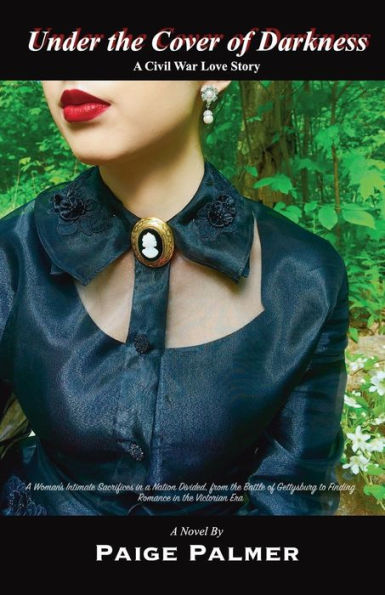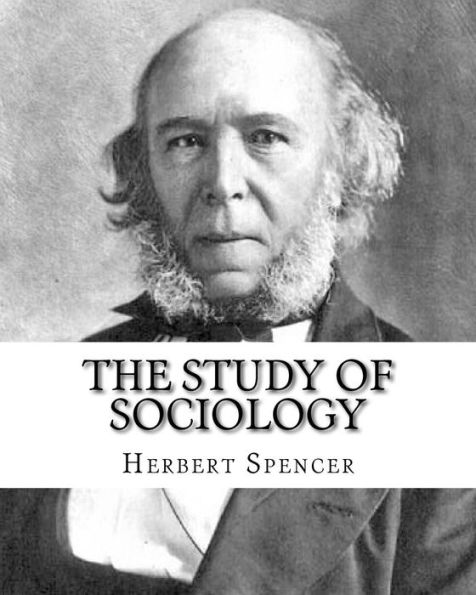Home
«Punch» and Shakespeare in the Victorian Era
Barnes and Noble
«Punch» and Shakespeare in the Victorian Era
Current price: $119.80


Barnes and Noble
«Punch» and Shakespeare in the Victorian Era
Current price: $119.80
Size: OS
Loading Inventory...
*Product information may vary - to confirm product availability, pricing, shipping and return information please contact Barnes and Noble
The English humour magazine
Punch, or the London Charivari
, which first appeared in 1841, quickly became something of a national institution with a large and multi-layered readership. Though comic in tone,
Punch
was deeply serious about upholding high literary and artistic standards, about dealing with serious subject-matter, and about attempting to nurture its readers' appreciation of the national drama and of Shakespeare's plays in particular. The author's detailed examination of
Punch's
constant advocacy of Shakespeare reveals telling new evidence concerning the ubiquitous presence of Shakespeare within Victorian culture. New research in the
archives and elsewhere also reveals the identities of many of the
authors and artists. The author shows how those who worked for
often subsumed their collective identities within the single persona of Mr. Punch, a fictional creation who repeatedly presents himself in both texts and graphics as a close friend and admirer of Shakespeare, a man able to remind Victorian readers constantly of the supreme literary and moral values represented by Shakespeare's works.
Punch, or the London Charivari
, which first appeared in 1841, quickly became something of a national institution with a large and multi-layered readership. Though comic in tone,
Punch
was deeply serious about upholding high literary and artistic standards, about dealing with serious subject-matter, and about attempting to nurture its readers' appreciation of the national drama and of Shakespeare's plays in particular. The author's detailed examination of
Punch's
constant advocacy of Shakespeare reveals telling new evidence concerning the ubiquitous presence of Shakespeare within Victorian culture. New research in the
archives and elsewhere also reveals the identities of many of the
authors and artists. The author shows how those who worked for
often subsumed their collective identities within the single persona of Mr. Punch, a fictional creation who repeatedly presents himself in both texts and graphics as a close friend and admirer of Shakespeare, a man able to remind Victorian readers constantly of the supreme literary and moral values represented by Shakespeare's works.
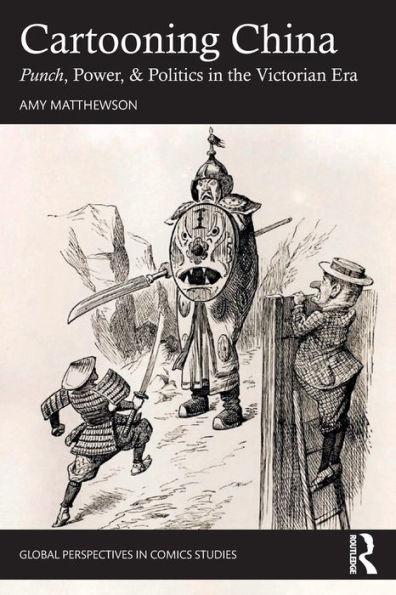
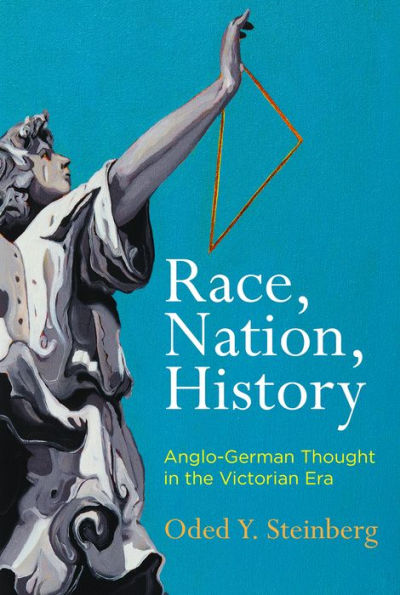
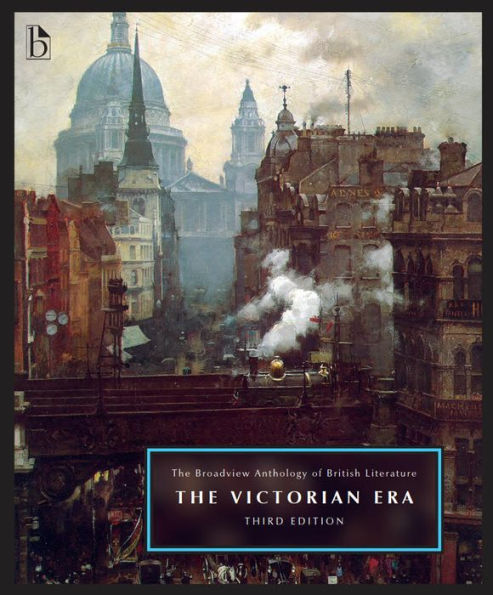
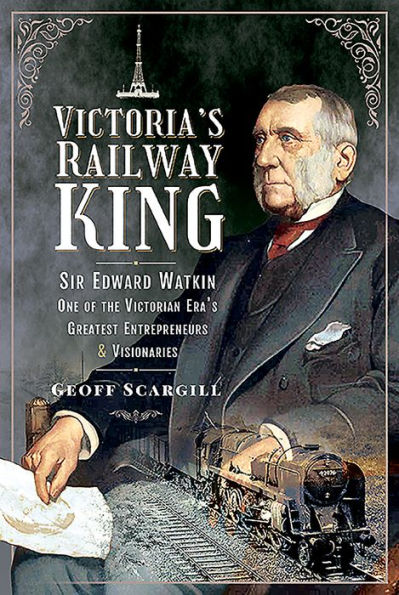
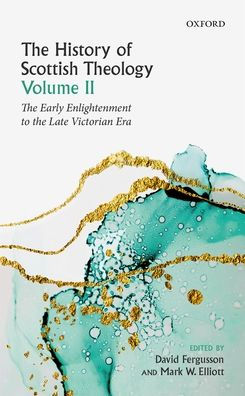
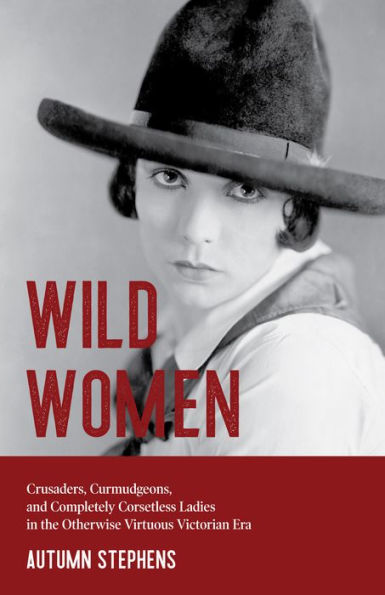
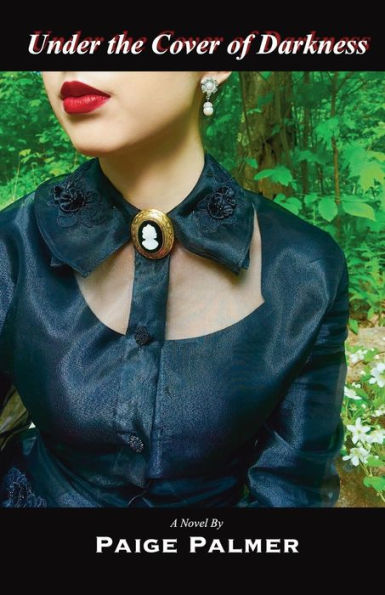
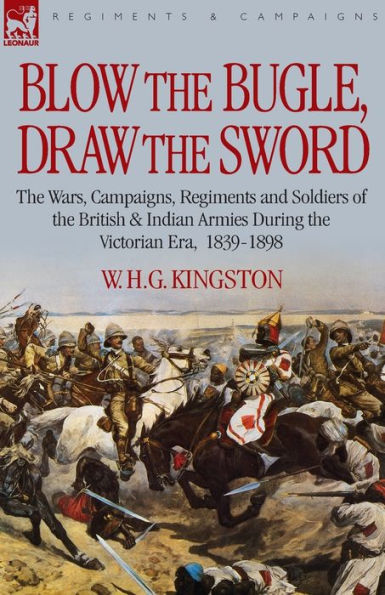
![American Beauty [Fruit Punch Colored Vinyl] [Barnes & Noble Exclusive]](https://prodimage.images-bn.com/pimages/0081227813635_p0_v2_s600x595.jpg)
